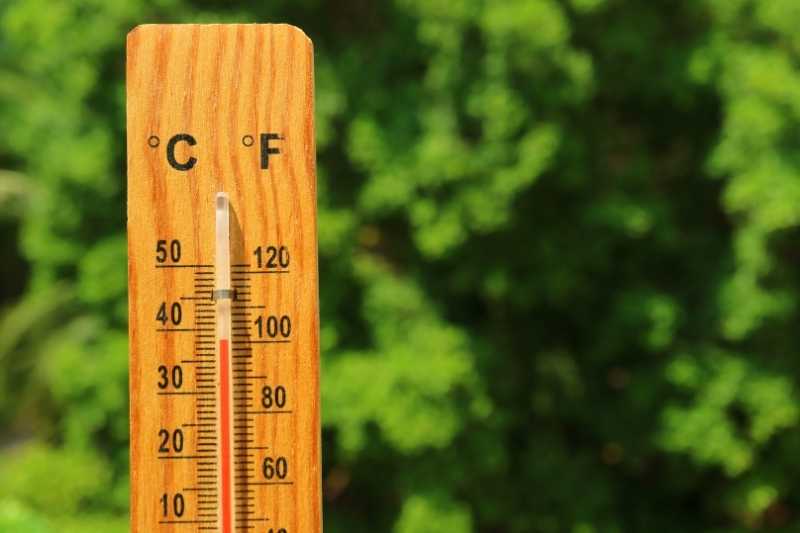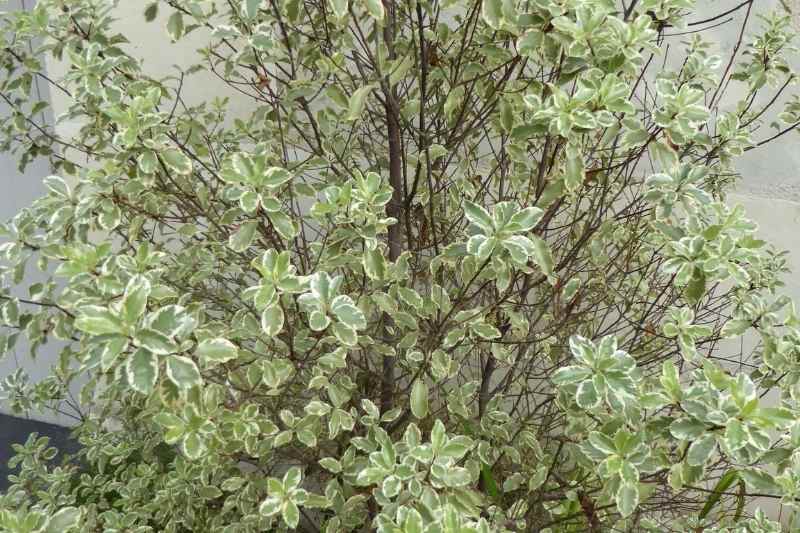It is not yet autumn, yet our trees and bushes are shedding their leaves day by day. What is this strange phenomenon? In reality, the shedding of leaves during periods of severe drought is a natural protective mechanism for the tree or bush. While it may seem dramatic, the tree or bush will recover well once water returns. However, if periods of severe drought continue to follow one another, the future does not look bright for our trees in the long or medium term. Let’s explore what happens to our woody plants when they shed their foliage in summer.

What is actually happening?
Trees and bushes perform photosynthesis like all plants (although there are very rare exceptions). The leaves capture the CO2 in the air through stomata that allow gas exchange. With the help of water and light energy, this carbon dioxide is converted into sugars (C6H12O6). The oxygen released is a "waste" product of this chemical reaction. Nutrients and water can move through the plant via vessels, from the roots to the leaves. If it is too dry, air bubbles form in these vessels, preventing the upward movement of water: this is known as cavitation. The leaf dries out and then falls.
At the same time, the leaves also release some water vapour to cool the air around them. In short, they transpire: up to 75 litres of water for an adult birch, 300 litres for a poplar, and up to 1000 litres for a century-old oak.
To avoid losing too much water, trees must therefore slow down photosynthesis and/or stop this process of evapotranspiration. To achieve this, trees and shrubs will shed part or all of their foliage. The stomata will close to stop gas exchange and the loss of water. The leaves will no longer receive nourishment. If the closure of the stomata lasts several days, the leaves die and fall. Photosynthesis is therefore significantly slowed down, and growth is halted. The tree or bush enters dormancy. This phenomenon is not exclusive to deciduous trees; conifers and other evergreen plants are also affected.
Additionally, excessive sunlight can also scorch the leaf, causing it to dry out and fall prematurely. This further reduces the leaf mass of the tree.

Is it serious?
Yes and no. It is a natural reaction of the tree to a temporary drought episode, and if the rain returns, everything will return to normal. However, intense drought episodes, once rare in our regions, are becoming the norm in summer. Trees and bushes are therefore likely to experience this year after year. Consequently, trees suffering from this water stress are likely to be weakened, making them more susceptible to pest attacks, diseases, and climatic or weather-related hazards. This could ultimately lead to the death of entire populations of trees.
Summer is normally the time when the tree stores reserves before entering its winter dormancy. However, if trees and bushes enter dormancy too early, they will not have managed to create sufficient reserves to prepare for the following year. All of this could lead to delayed growth or even aborted flowering for these trees the following spring.
Moreover, this slowdown in photosynthesis leads to a significant reduction in oxygen production, as well as a decrease in thermal regulation due to the transpiration of trees. In other words, humans will also be impacted.

And for the future? What to do?
It is difficult to predict what the future holds, particularly regarding the climate. Some trees, such as beech, birch, oak, and ash, suffer more than others, while others seem to cope much better, such as holly, for example. However, it is important to remember that all flora (and fauna!) is affected at various scales by climate change. Some trees will therefore "move" northward, towards a climate that suits them better, while other species, more "southern" and adapted to this situation, will appear in our forests, fields, and gardens.
In any case, we will need to change our planting habits and abandon plants that require too much water in favour of trees or bushes that are drought-resistant.
To help you choose your future plantings, we have created a free application that allows you to choose plants suited to your climate, soil...: Plantfit. Additionally, our friend and colleague, Aurélien Davroux, has published a very good book with Ulmer editions, titled: All the Plants That Tolerate Drought. Feel free to browse it when you get the chance!































Comments